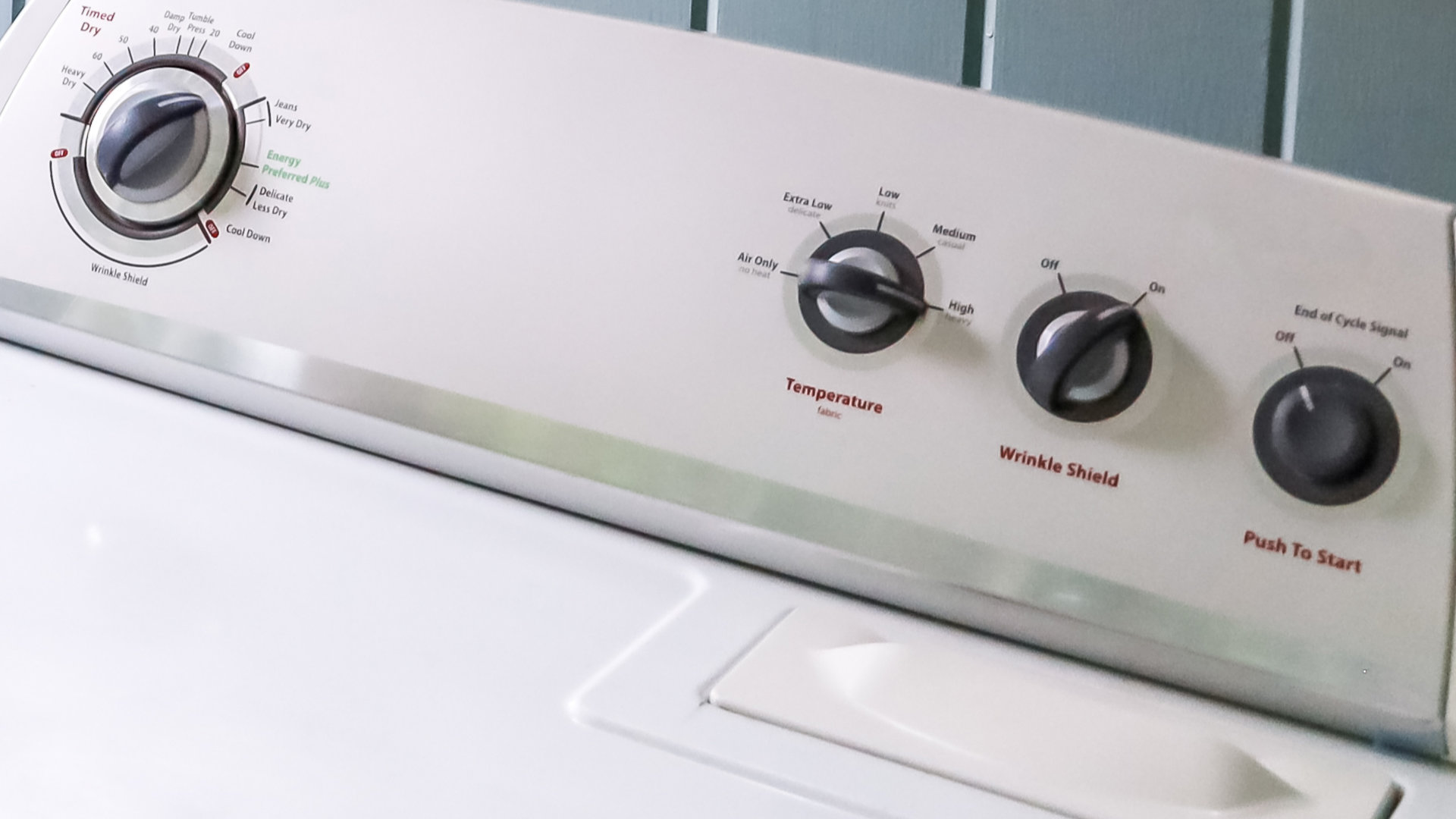
Over the past 25 years, dishwashers have become much more efficient in terms of the amount of water and energy they use. Today’s dishwashers feature sensors that adjust the water and cycle time depending on the dishwasher load. Improvements have also been made to ensure the dishwasher recycles water when it can and to improve the cleaning efficiency of the spray arms.
How Much Water Does a Dishwasher Use?
How much water your dishwasher uses will depend on its make and model and the cycle that is selected. Most modern dishwashers use around 5 gallons of water per cycle. If the dishwasher is Energy Star rated, it will typically use less than 4 gallons of water per cycle. If the dishwasher was manufactured after 2013, updated dishwasher guidelines require dishwashers to use less than 5 gallons per cycle. Older dishwashers typically use 10 gallons of water or more.
How Much Water Does Washing Dishes by Hand Use?
Dishwashers have been a staple in nearly all kitchens for the past 20 years. Yet, the debate still exists—is it more efficient to wash dishes by hand or use a dishwasher? In terms of the water used, a dishwasher is more efficient. The amount of water used to hand wash a dishwasher load of dishes is typically between 10 and 27 gallons. In comparison, some modern dishwashers only require 3 gallons of water per cycle. The high temperature that the water reaches in the dishwasher also does a much better job of sanitizing and cleaning the dishes.
How to Increase Dishwasher Efficiency
Don’t Rinse the Dishes
Many dishwasher manufacturers advise their customers not to worry about rinsing the dishes. If you have a modern dishwasher, it likely has sensors that detect how dirty the dishes are. If the sensor thinks the dishes are not dirty, it will lessen the strength of the water coming out of the spray arms.
Most dishwasher detergents also require food waste on the dishes to work effectively. When glasses come out of the dishwasher covered with a white, hazy substance, it is often caused by the detergent, as it will cling to the glasses if there is a lack of food particles to attach to during the wash cycle.
The most important thing is to remove large chunks of food from the dishes before putting them into the dishwasher. While some manufacturers claim this is not needed with modern dishwashers, dishwashers can develop problems because of food waste buildup. Scraping the plate clean but not rinsing will work best with most dishwashers. Regularly cleaning out the dishwasher’s filter will also help ensure the dishwasher keeps working well.
Run the Dishwasher with a Full Load
Most dishwashers will use the same amount of water and electricity no matter how full the dishwasher is. Therefore, it is best to wait until the dishwasher is full to save water and electricity. However, the dishwasher should not be overfilled. If there are too many dishes, the water jets will not reach all of the dishes, and the detergent may be less effective.
Keep the Dishwasher Clean
Many dishwasher problems can be prevented by keeping the dishwasher clean with a dishwasher cleaning solution. Dishwasher cleaners can be purchased in liquid or pellet form, or white vinegar and baking soda can be used. The cleaning product or white vinegar and baking soda will break down the food particles and minerals that have built up inside the dishwasher, inside the drain hose, and on parts like the drain pump.
If using white vinegar, pour 1-2 cups into a dishwasher-safe bowl, and place it on the top dish rack. Next, close the door and run a normal cycle. When the cycle is complete, sprinkle a cup of baking soda inside the dishwasher; then run another normal cycle. It is recommended to flush out the dishwasher like this every month or so.
Troubleshooting: Not Enough Water
For safety, make sure to disconnect the dishwasher from the electricity and turn off the water to the dishwasher before removing any panels to access internal dishwasher parts.
Is the Water On?
If there is not enough water, the first step is to check that the water to the dishwasher is turned on. The supply of water to the dishwasher is usually controlled by a shut-off valve, typically located under the sink. Check that the valve is fully open and that it has not been turned off.
Check the Water Inlet Hose
The dishwasher may not be receiving enough water due to a kinked or disconnected water inlet hose. Check where the hose connects to the dishwasher. Depending on the model, you may need to remove the bottom access panel or the access panel underneath the dishwasher to check the connection. Make sure the hose is not kinked.
Water Pressure
If the dishwasher is not getting enough water and dishes are not being cleaned well, it could be because the water pressure is too low. Most dishwashers require 20-120 psi. The water pressure can be checked by removing the water inlet hose from the dishwasher.
Water Inlet Valve
Lastly, problems with the water supply are often the result of a defective water inlet valve. The water inlet valve controls the amount of water that enters the dishwasher. It is usually located where the water supply line connects to the dishwasher. Depending on the model, accessing the water inlet valve may require the removal of either the bottom kick panel or an access panel underneath the dishwasher.
Over time, the water inlet valve can become defective because of a buildup of minerals that restricts the valve from opening and closing. The water inlet valve can also fail electrically. A defective water inlet valve will typically cause a loud hum, buzz, or squealing sound when the dishwasher should be filling with water.
In most cases, it is more effective to replace a defective water inlet valve rather than try to clean or fix it. An ohm test can be conducted with a multimeter; however, an ohm multimeter test is often unreliable. To correctly test the water inlet valve, a more advanced AC or DC voltage test is required. It is recommended that a trained professional perform this test.
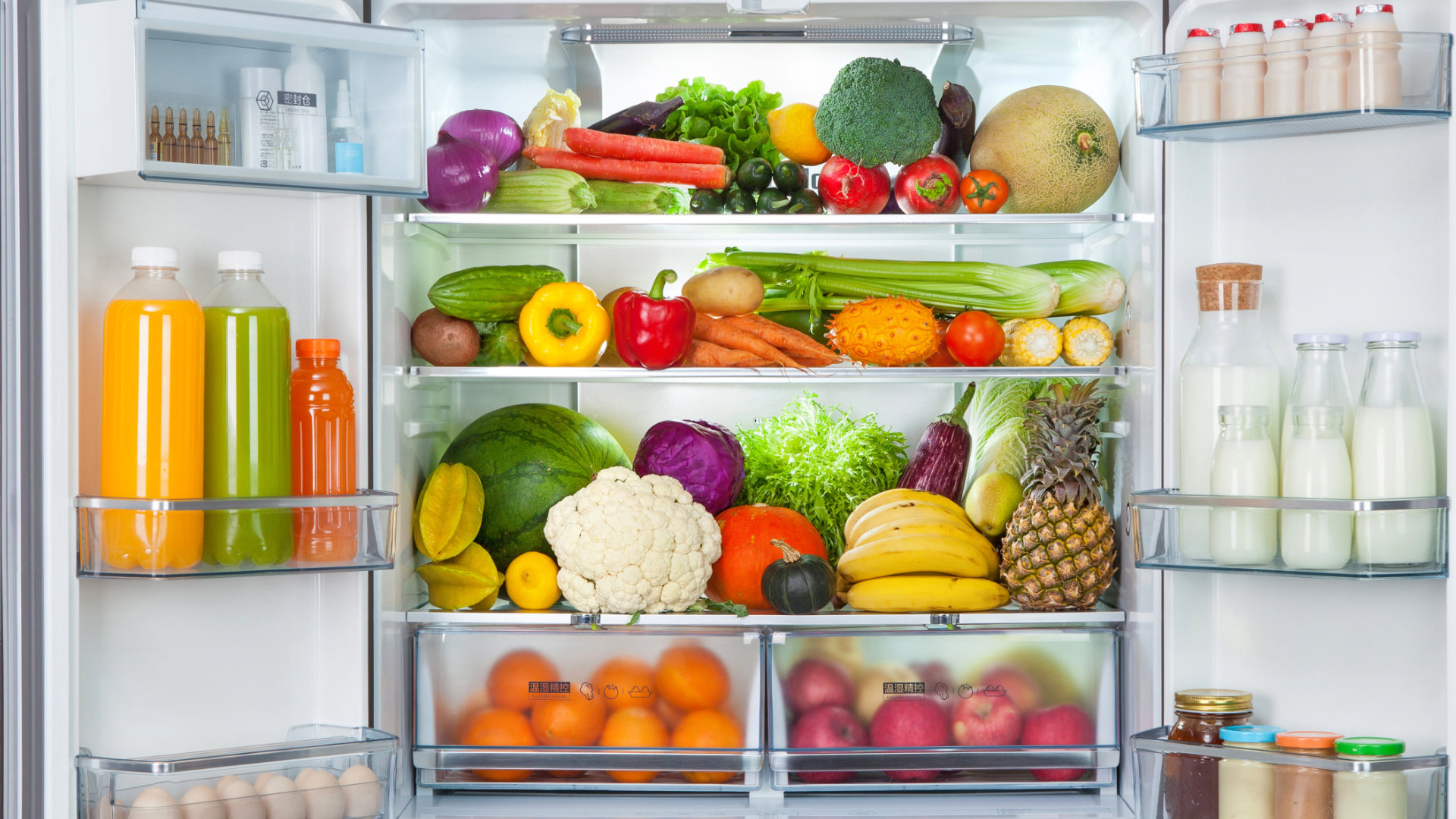
How to Reset a Whirlpool Refrigerator Ice Maker
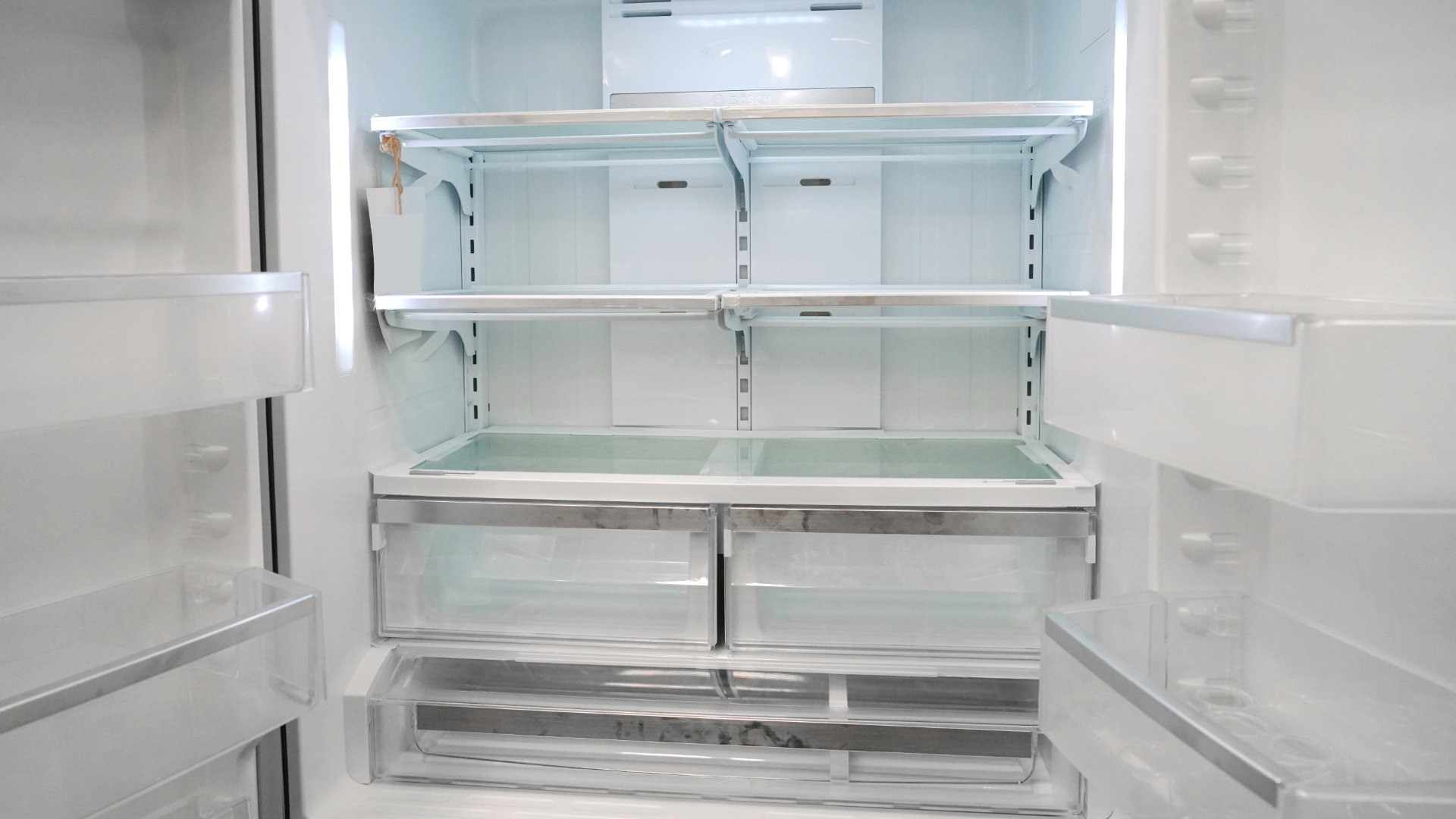
6 Reasons Your LG Refrigerator Is Not Making Ice

Kenmore Fridge Ice Maker Not Working? 5 Ways to Fix It

How to Remove Fish Smell from Your Refrigerator
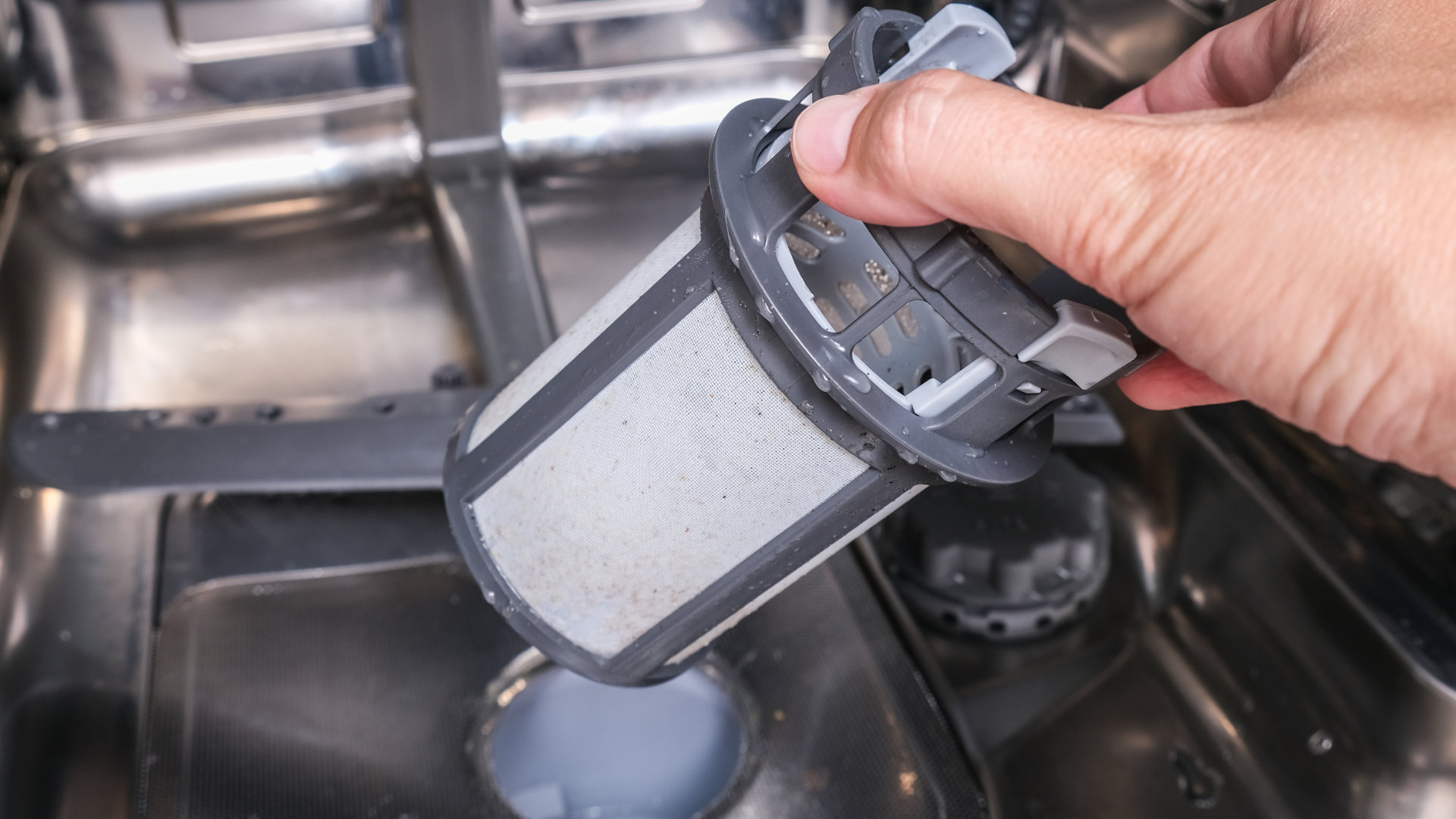
How To Fix Bosch Dishwasher E24 Error
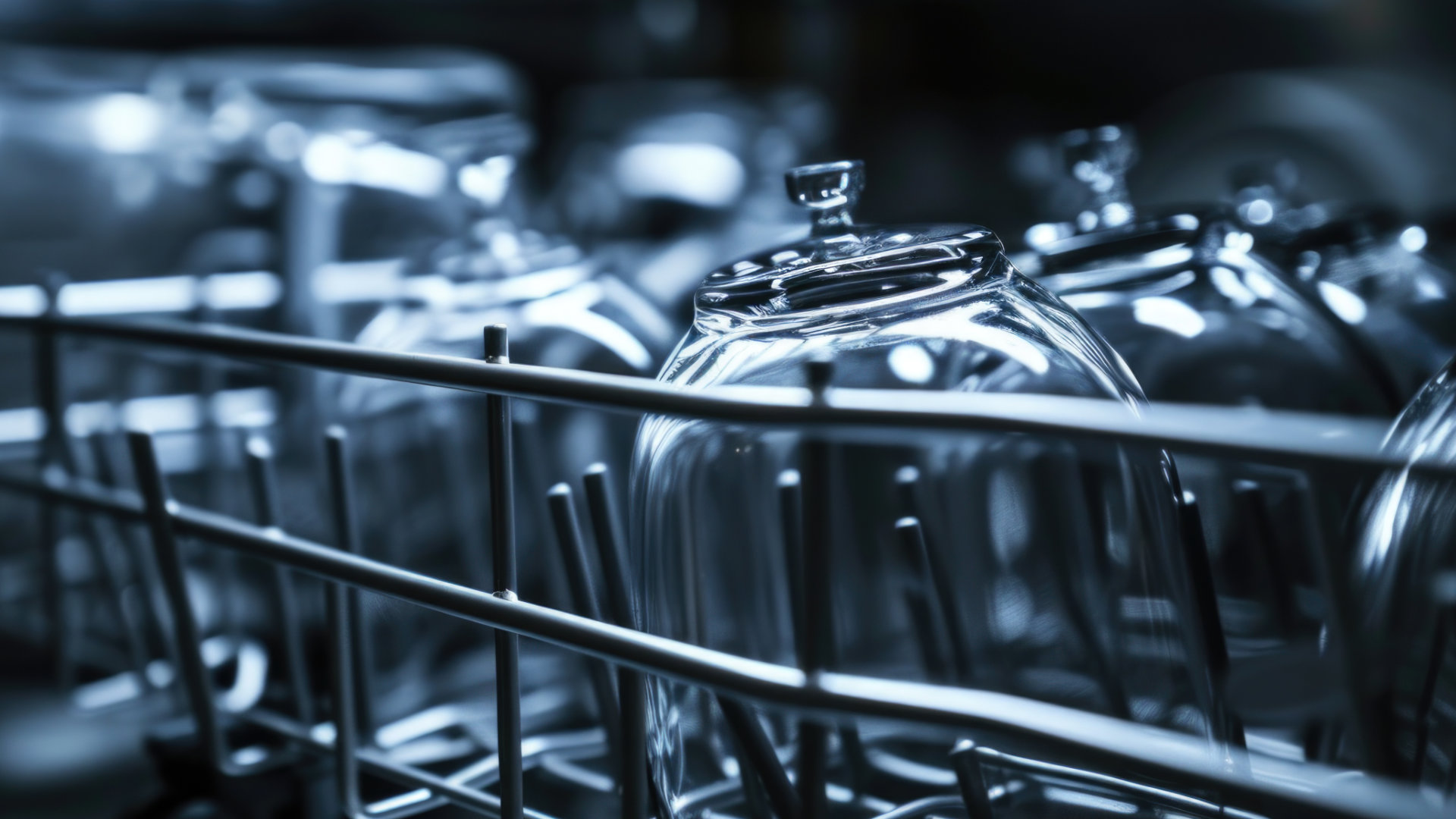
Troubleshooting a Whirlpool Dishwasher Not Draining
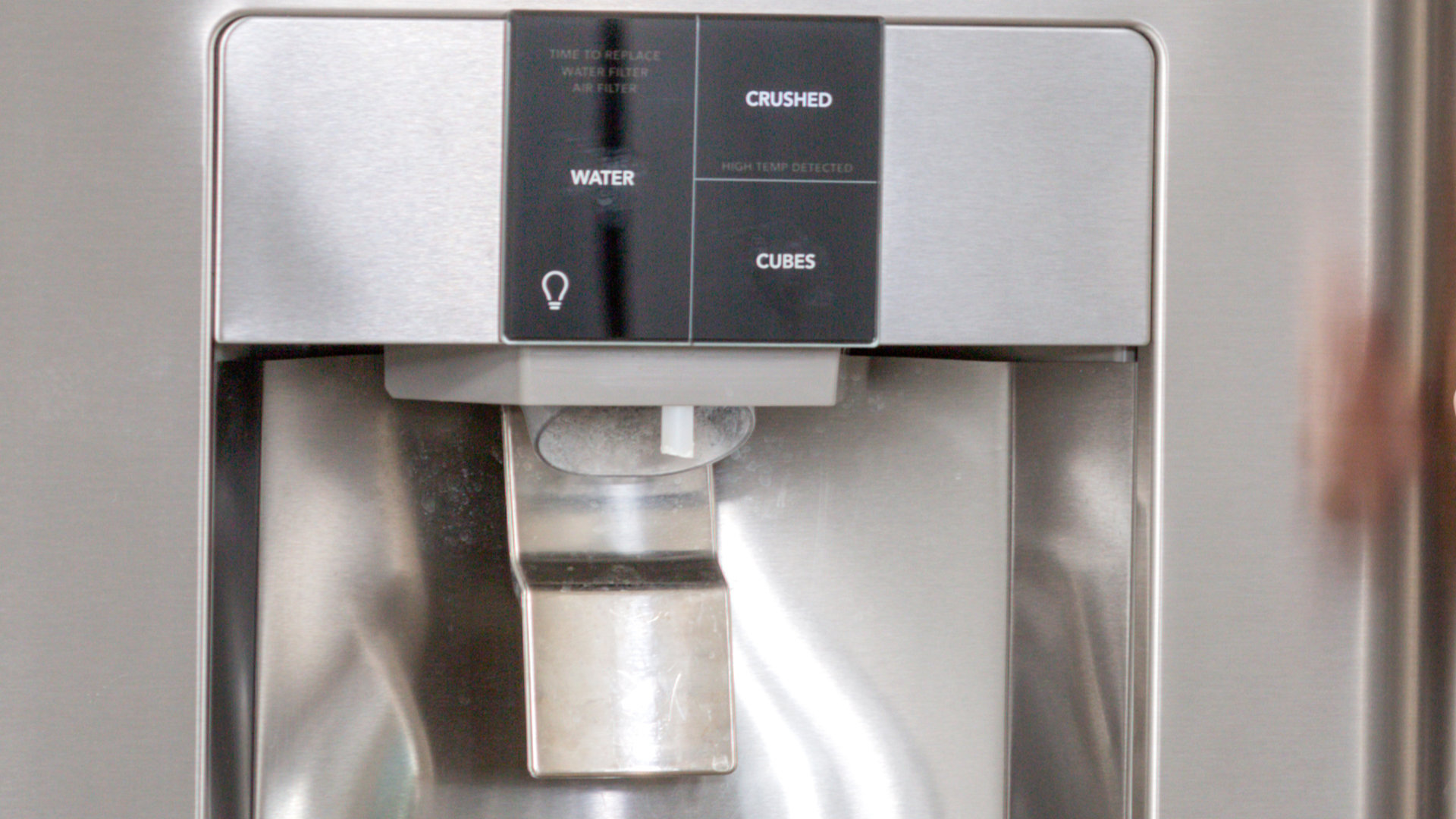
Why Is Your Fridge Water Not Working, but Ice Is?
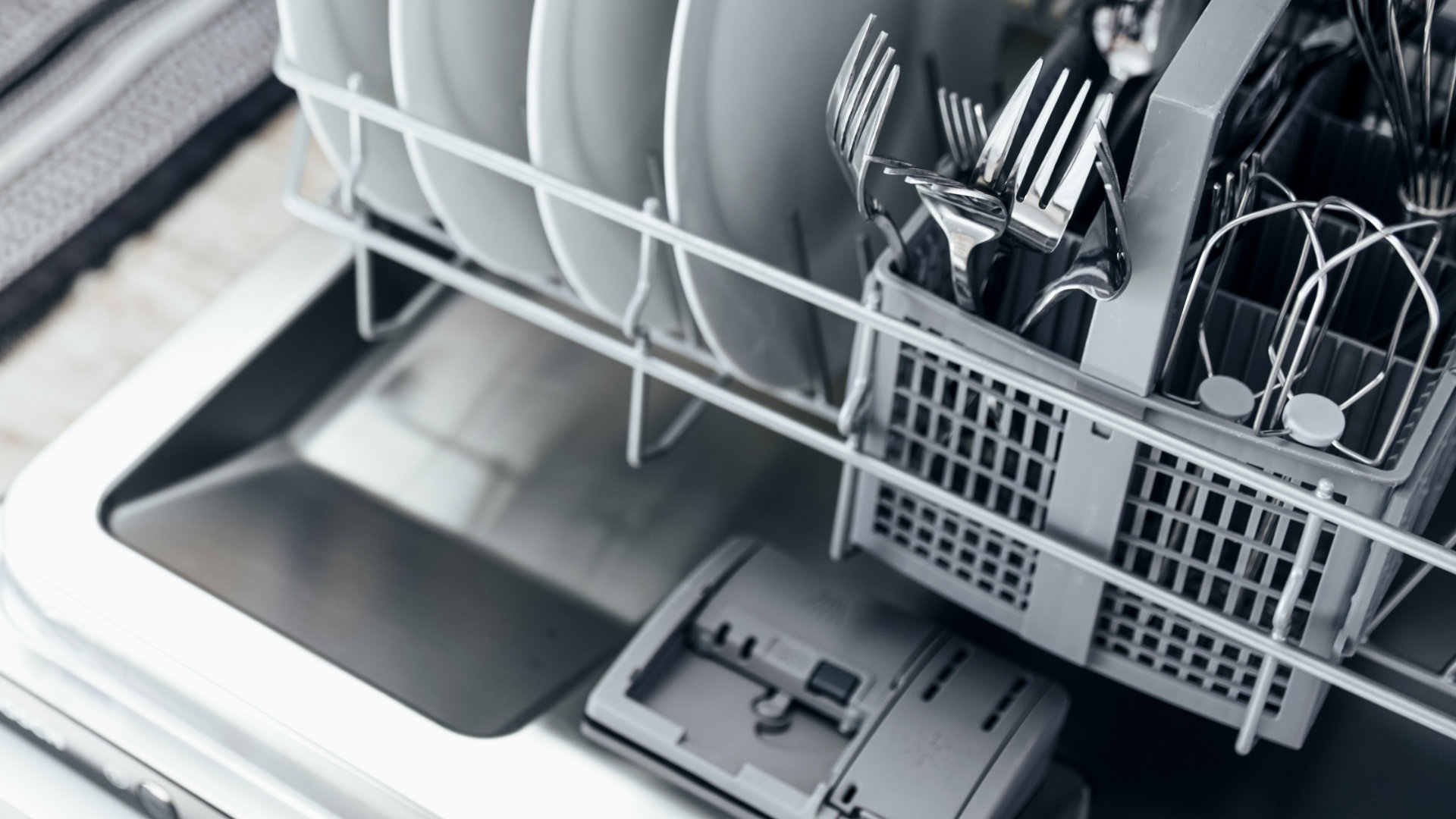
How to Fix the E15 Bosch Dishwasher Error Code
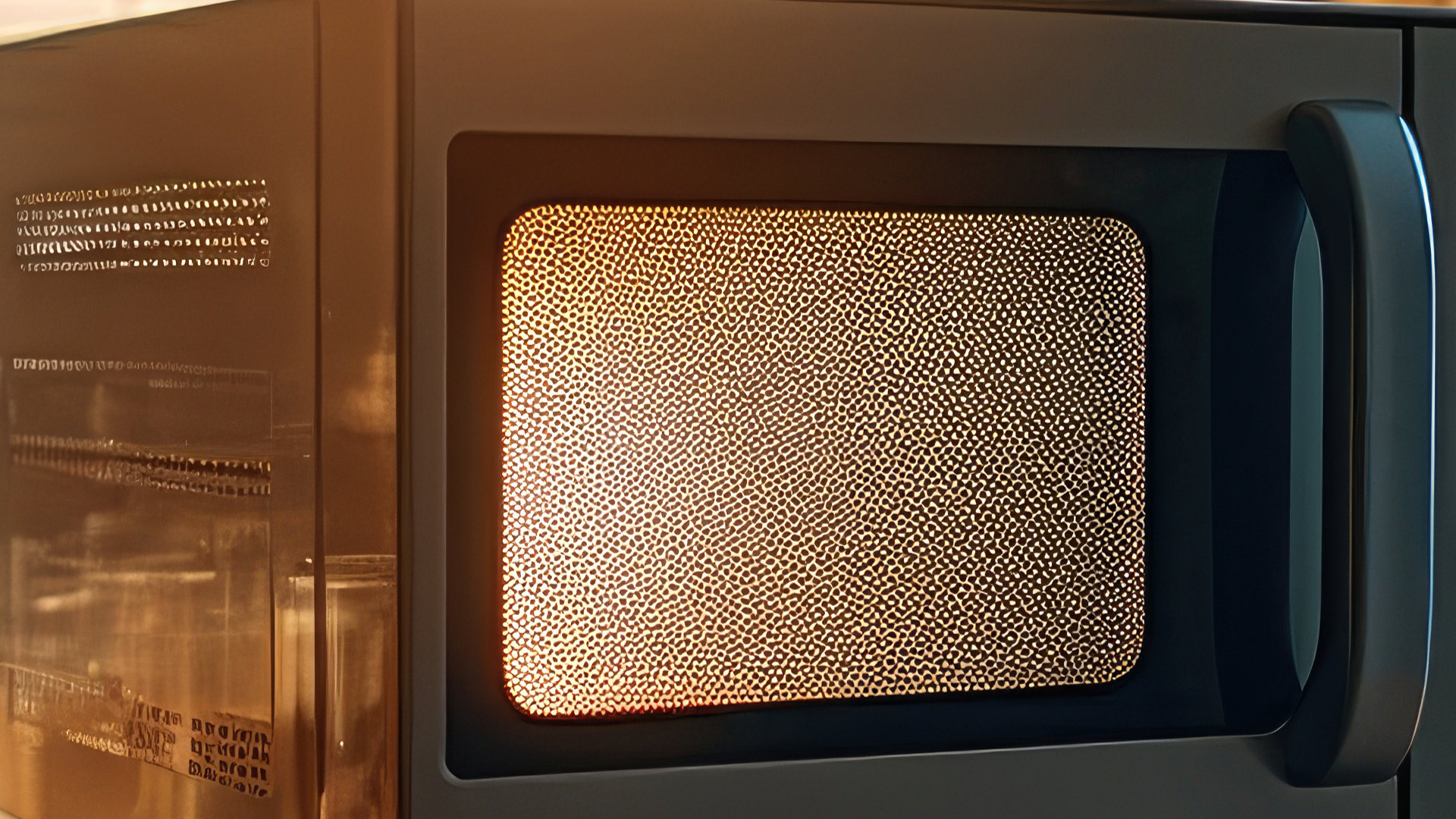
How Much Power Does a Microwave Use?
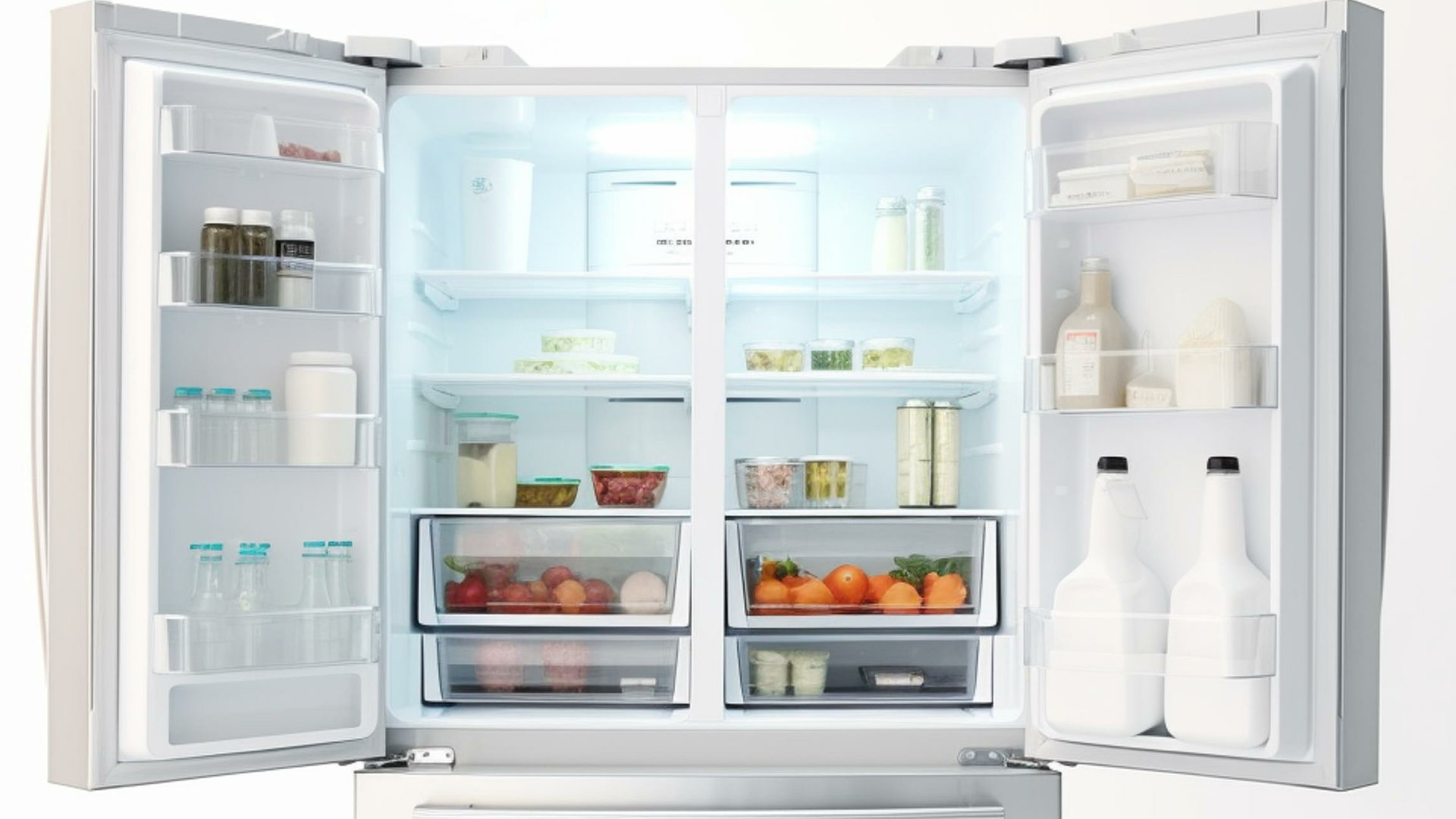
How to Properly Clean Refrigerator Coils
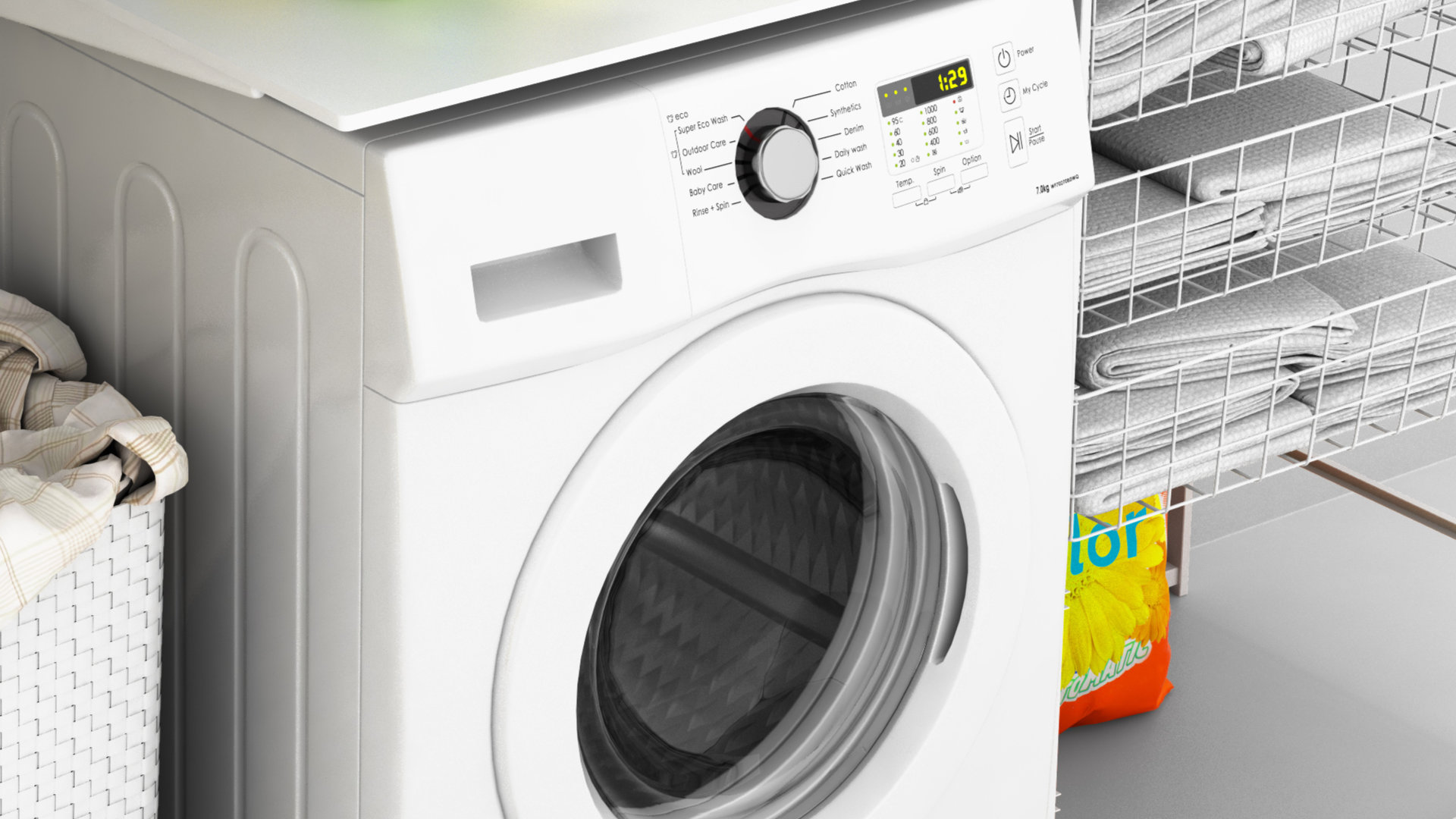
How to Fix an LG Washer Showing OE Error Code
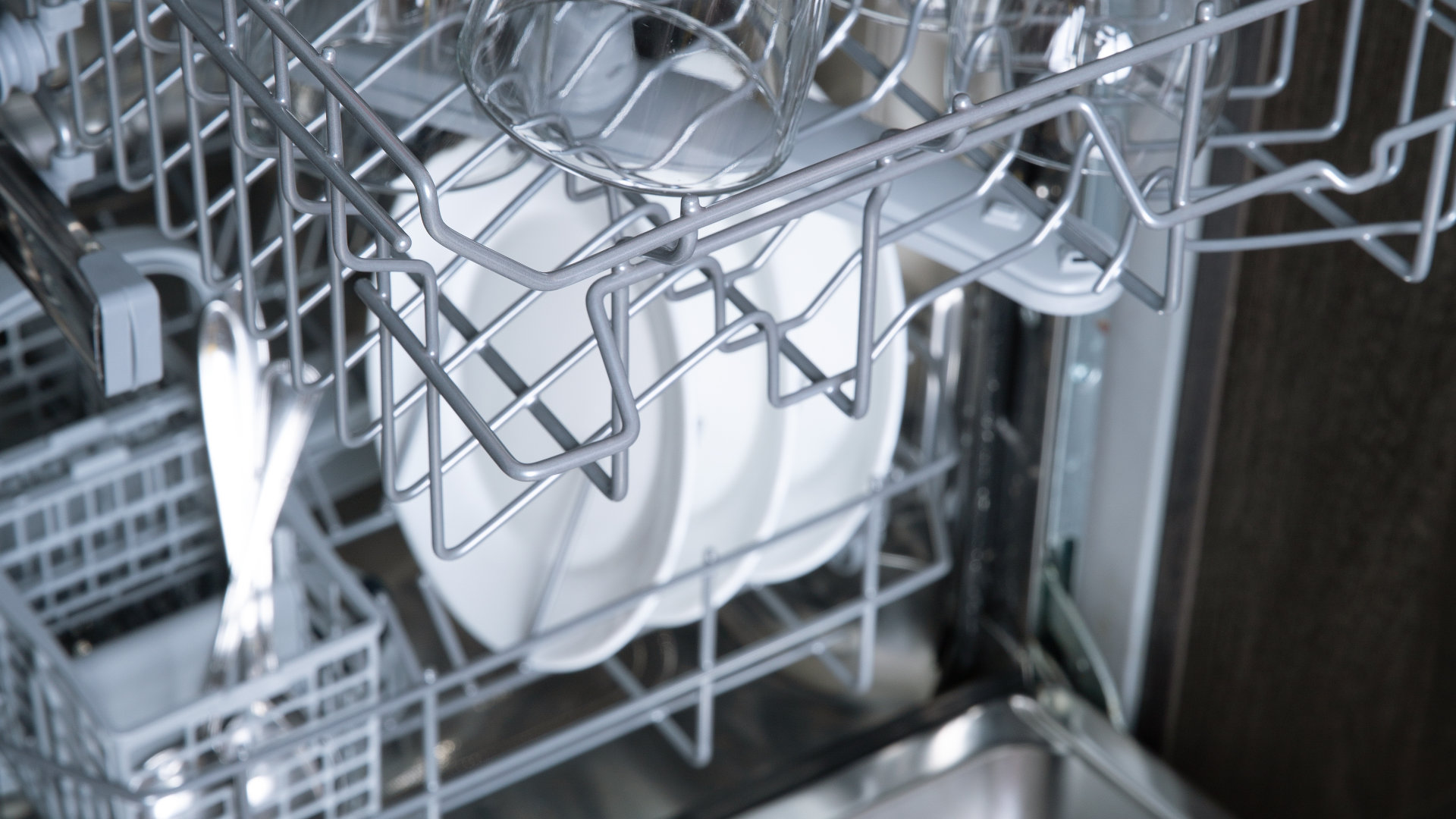
Troubleshooting a GE Dishwasher with No Power and No Lights
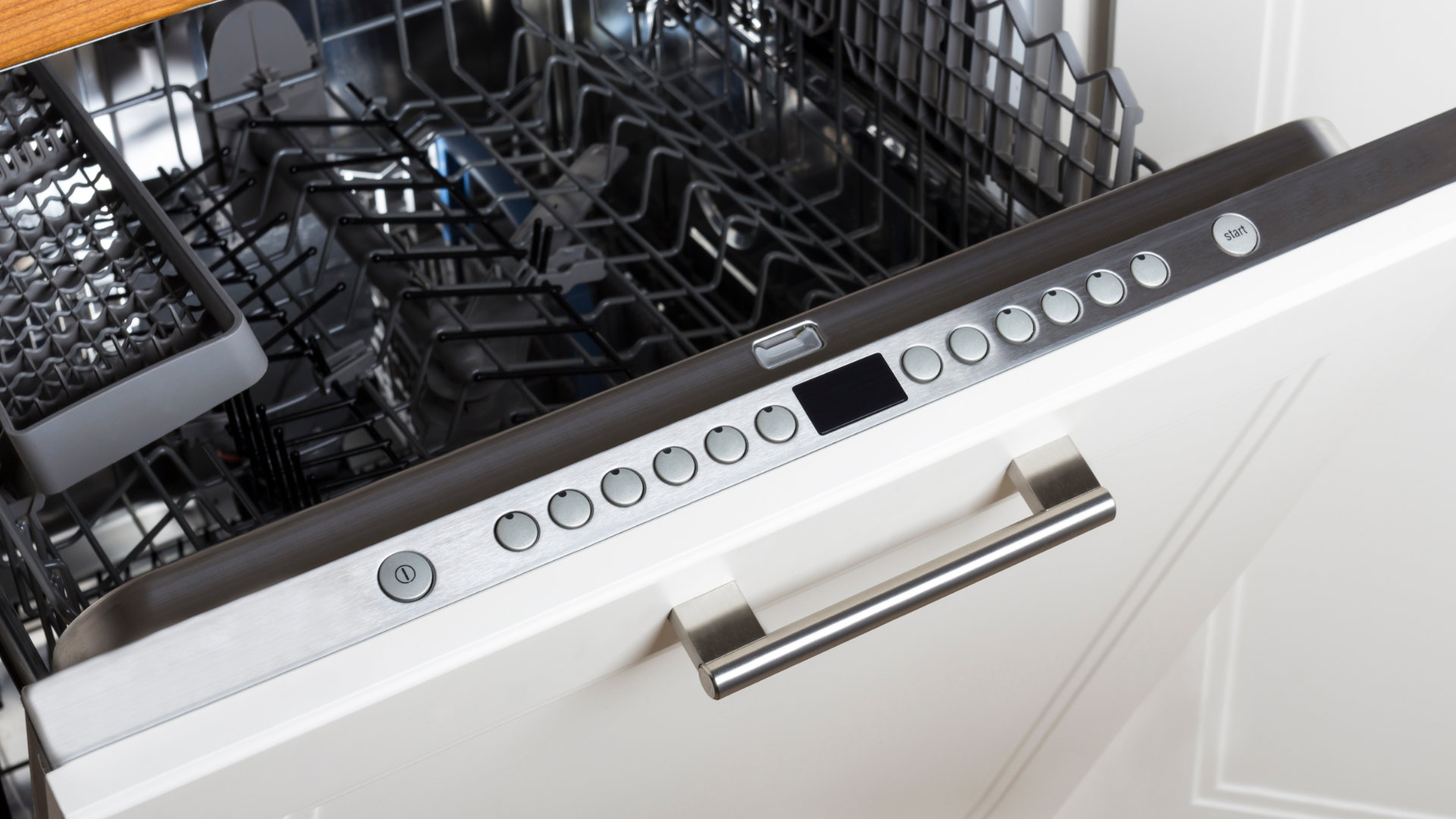
10 Reasons Why Your Bosch Dishwasher Won’t Start
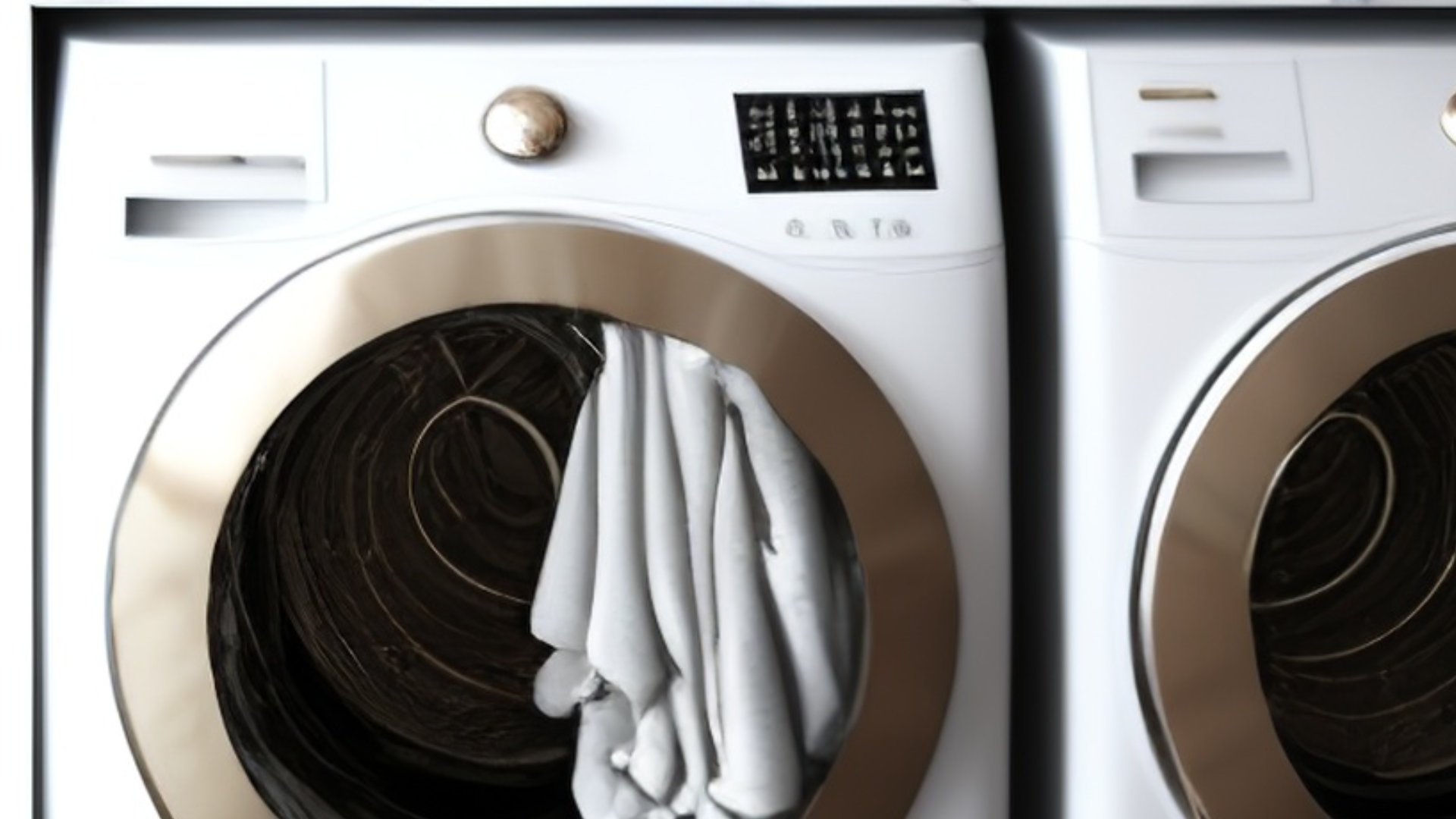
Troubleshooting the F5 Error Code with a Maytag Washer
